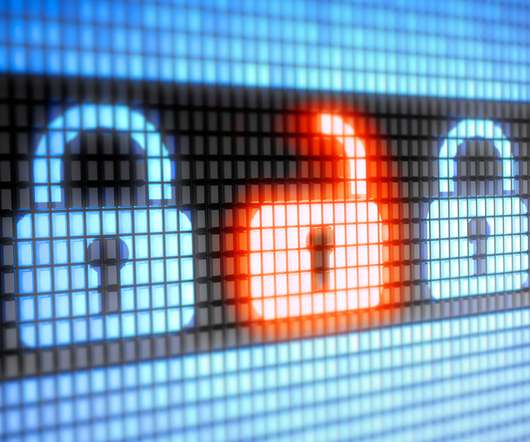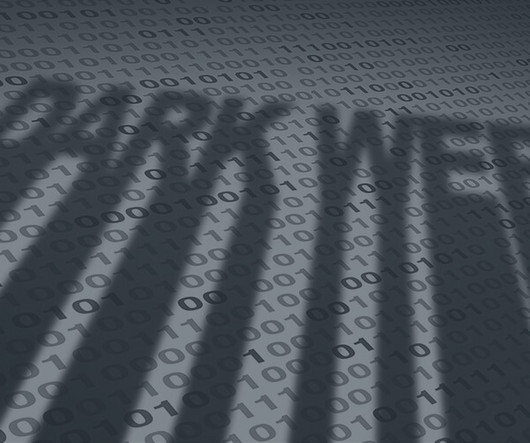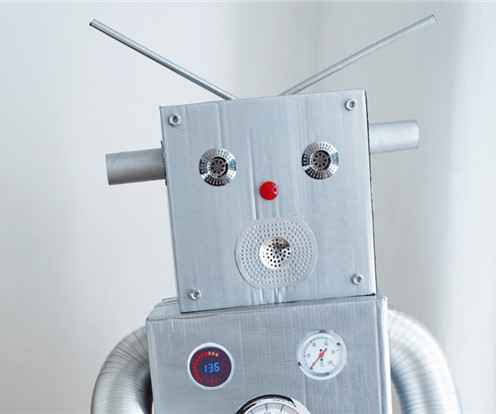Quantum computing brings new security risks: How to protect yourself
CyberSecurity Insiders
FEBRUARY 1, 2022
The global internet economy relies on cryptography as the foundation for a secure network. To put this in perspective, it took a group of 300,000 people and four years of work to crack a 64-bit key in 2002. Quantum computing will change everything from apps to internet search, web development, cybersecurity, and beyond.











Let's personalize your content